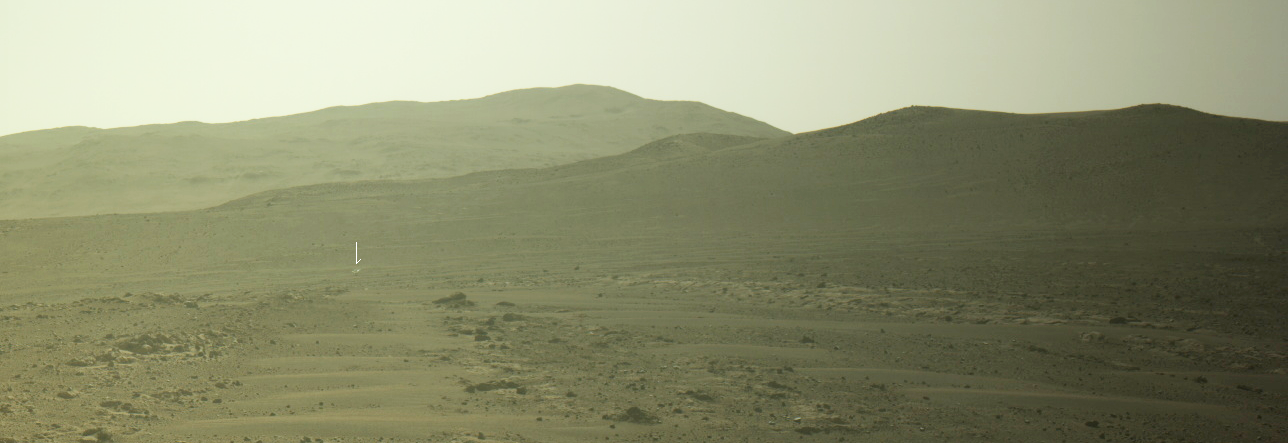LeoLabs to establish radar facility in Argentina
LeoLabs, a private commercial company aiming to provide orbital tracking of all space objects as small as two centimeters, has announced plans to establish its seventh global radar facility in Argentina.
The S-band radar, scheduled to be completed by the end of the year, will be located on the archipelago of Tierra del Fuego. “The Southern Hemisphere has not been well covered for space safety and space domain awareness,” LeoLabs CEO Dan Ceperley told SpaceNews. “There are a lot of conjunctions close to the North Pole and the South Pole. This radar will make a very meaningful improvement in the tracking of those conjunctions.”
Currently, LeoLabs tracks objects in low-Earth orbit with phased array radars in Alaska, Australia, Portugal’s Azores archipelago, New Zealand, Texas and Costa Rica.
The company essentially competes with the Space Force in tracking object in orbit, and has raised more than $100 million in private investment capital to build its ground stations.
LeoLabs, a private commercial company aiming to provide orbital tracking of all space objects as small as two centimeters, has announced plans to establish its seventh global radar facility in Argentina.
The S-band radar, scheduled to be completed by the end of the year, will be located on the archipelago of Tierra del Fuego. “The Southern Hemisphere has not been well covered for space safety and space domain awareness,” LeoLabs CEO Dan Ceperley told SpaceNews. “There are a lot of conjunctions close to the North Pole and the South Pole. This radar will make a very meaningful improvement in the tracking of those conjunctions.”
Currently, LeoLabs tracks objects in low-Earth orbit with phased array radars in Alaska, Australia, Portugal’s Azores archipelago, New Zealand, Texas and Costa Rica.
The company essentially competes with the Space Force in tracking object in orbit, and has raised more than $100 million in private investment capital to build its ground stations.











